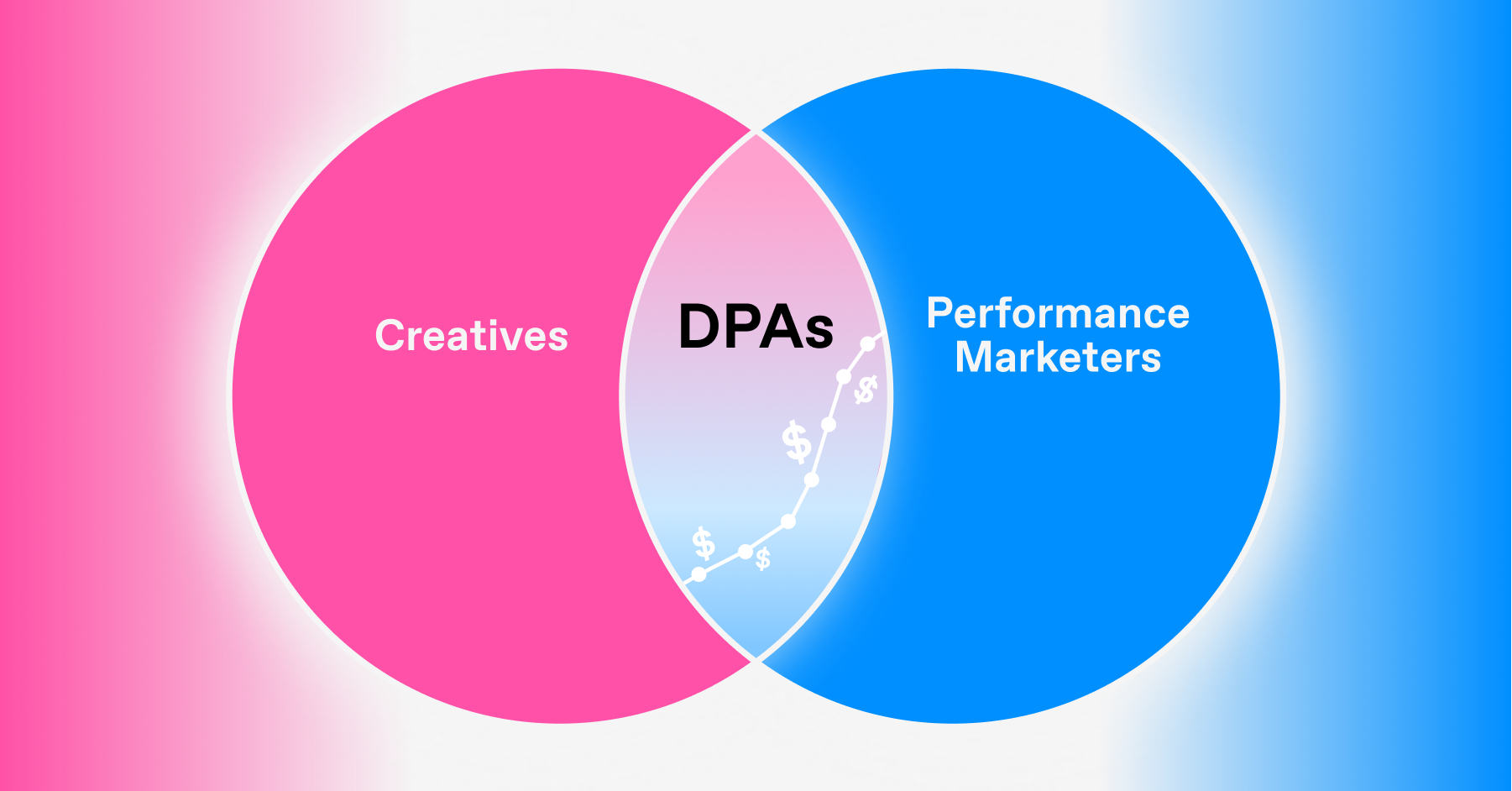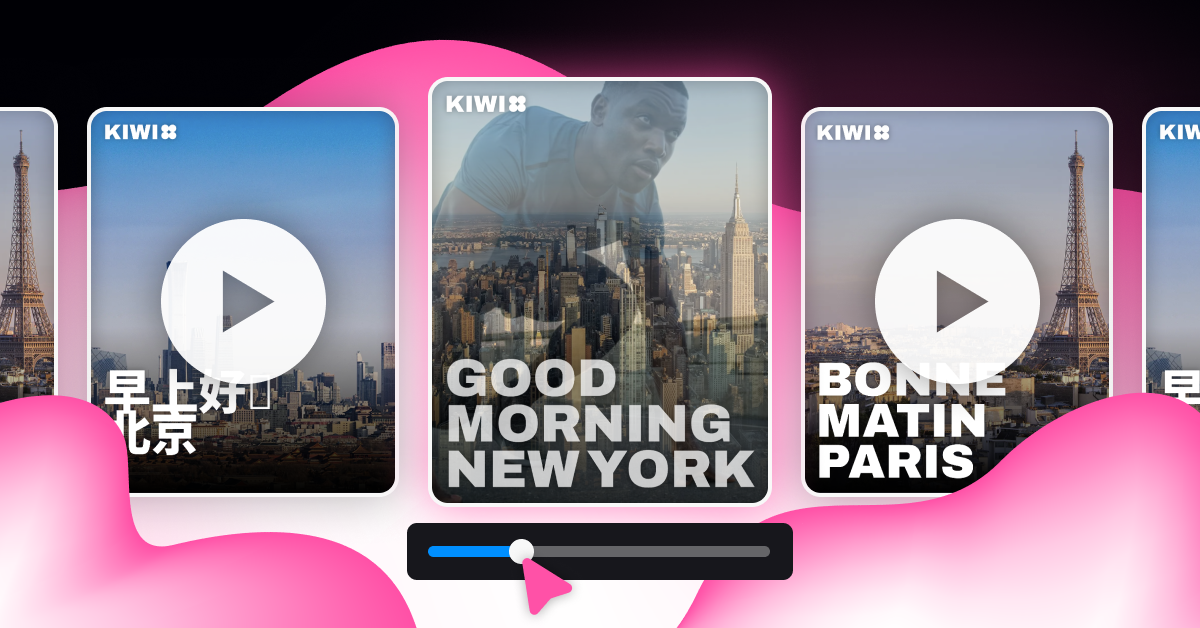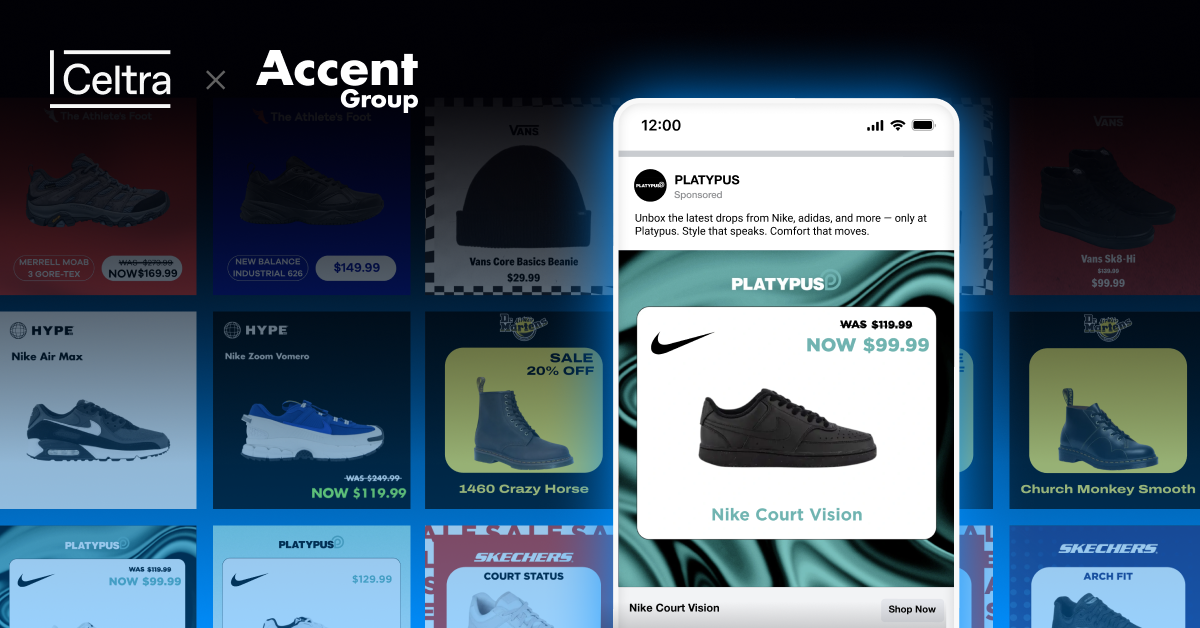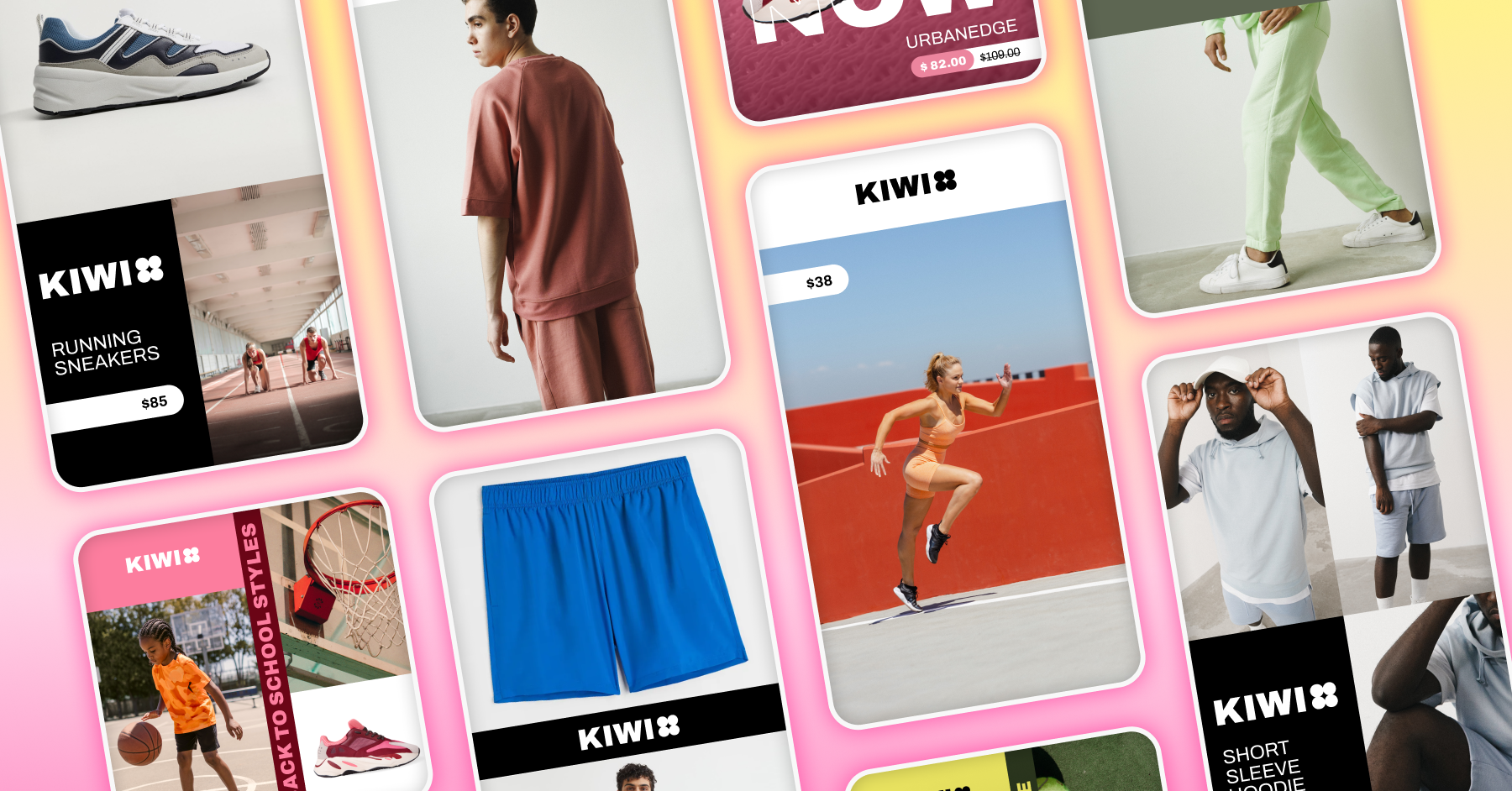Having established the two main players in this game; performance marketers and designers (see previous blog where we set the scene) we can now get into the practical side of things.
The Brief
The DPA brief needs to begin with a few crucial levels of input to guide the creative process and inform the design decisions. These inputs could be divided into two groups: technical and creative and both players have a critical role to play.
Player One: Performance Marketers
Be sure to set out a structured initial document outlining the important requirements like channels, formatting, placements, campaign type, and campaign objectives. You need to have the channel format and placement clearly defined so you and your partners in crime (creatives) can create a coherent strategy which outlines limitations and showcases the final result (the displayed ad).
Player Two: Creatives
For creative input, start with the essentials. Number one: look and feel, brand identity etc. The aim is to achieve a full-funnel cross-campaign level of brand consistency, at all times. The guidelines for this may vary depending on what kind of promotion or campaign you are rolling out (e.g. Black Friday vs. an evergreen campaign that runs all year long). In an ideal world (and as this is the ideal brief) you should also include all the relevant guidelines for communication such as do’s & don’ts with examples of key categories and segments of pre-existing social assets.
The Feed
Last but certainly not least, we need the pièce de résistance, a platform-ready product feed. The product feed is the foundation of a good enrichment project, as it consists of all the vanilla product shots and packshots from the catalog that are waiting to be turned into outstanding on-brand assets.
A well-structured feed will have all the necessary details required from each platform because each platform has a set of required fields to comply with in order to run DPAs (e.g. Meta or Snapchat), as well as brand-specific information in different custom fields. This could be anything from what activity which product is designed for, to customer reviews or sales promotions. A single feed can include a multitude of columns and information that you can use to create rules for a variety of messages to deliver.
This is where feed meets design. Time to decide which elements and information to pull from the feed into your DPA template. Knowing what content will best persuade the consumer will inform the designer on what to include. They can then play around with different visual elements and colors to make it pop. Let’s look at a couple examples…

Alternatively, if you are designing DPA’s for an evergreen campaign, you wouldn’t show the same thing. You might instead just show the product name, or a unique selling point (e.g. is it made from sustainable resources? Is it organic cotton?) that would convince the consumer to click.
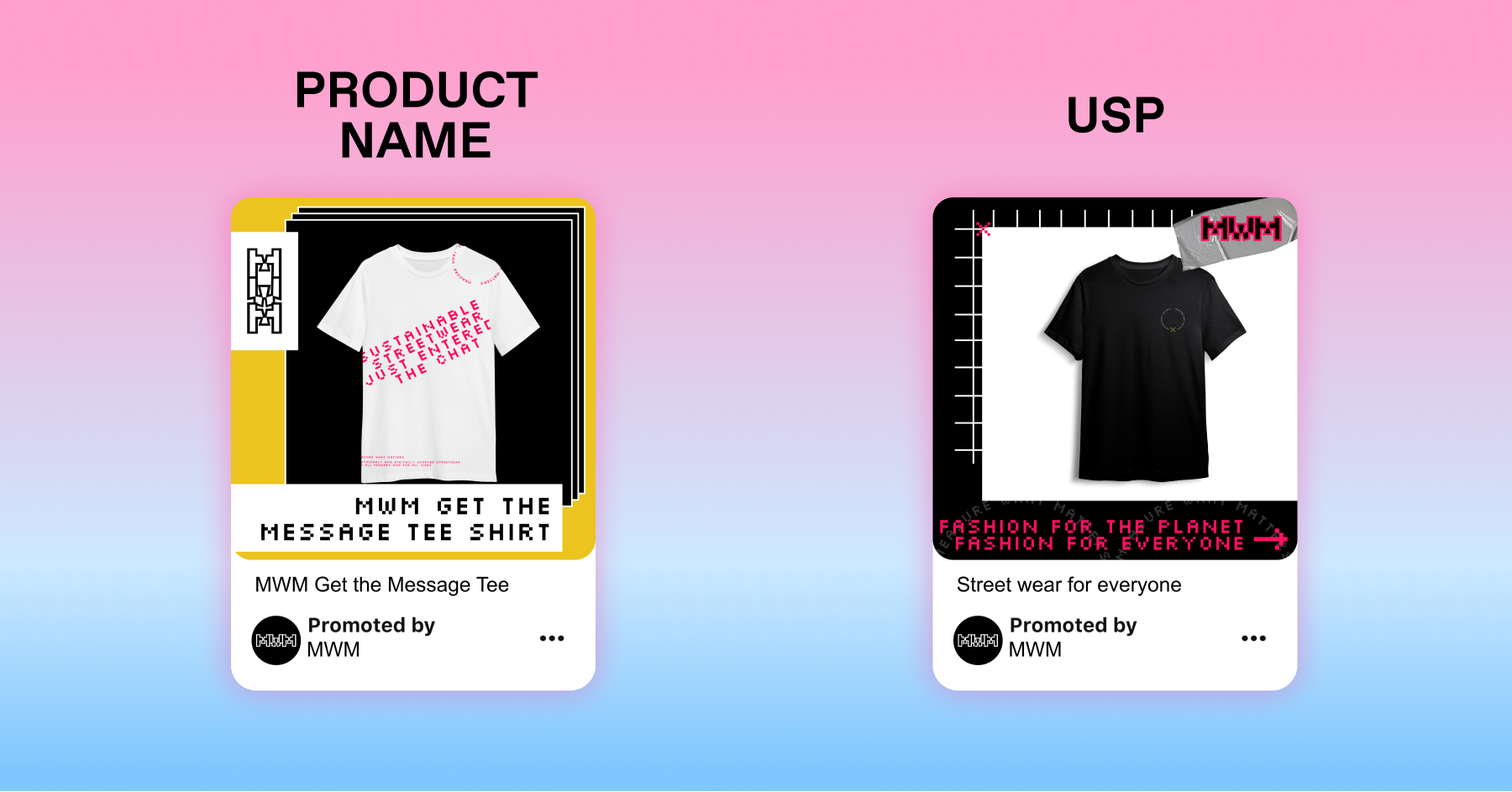
The most important thing when preparing the ideal brief, is to carefully consider what information from the feed will contribute most to the consumer completing the purchase, and in what format it will grab the attention of your audience.
The Dynamic Duo
You can see why, by combining forces, marketers and designers collide to produce DPAs that are fully optimized for different channels and campaign tactics, for spot-on results. While performance marketers focus on driving measurable results, their other half are working on crafting compelling messages and creating visually appealing content that resonate with their target audience. Guided by a thorough brief, these two teams bring creativity and data together in a magical fusion, where the highest-performing DPAs are born. Next time you land a DPA campaign, make sure you’ve got the dynamic duo in the room!
If you want to start creating DPAs strategically designed to drive results and outperform all other bland lower-funnel ads, book a demo today.

